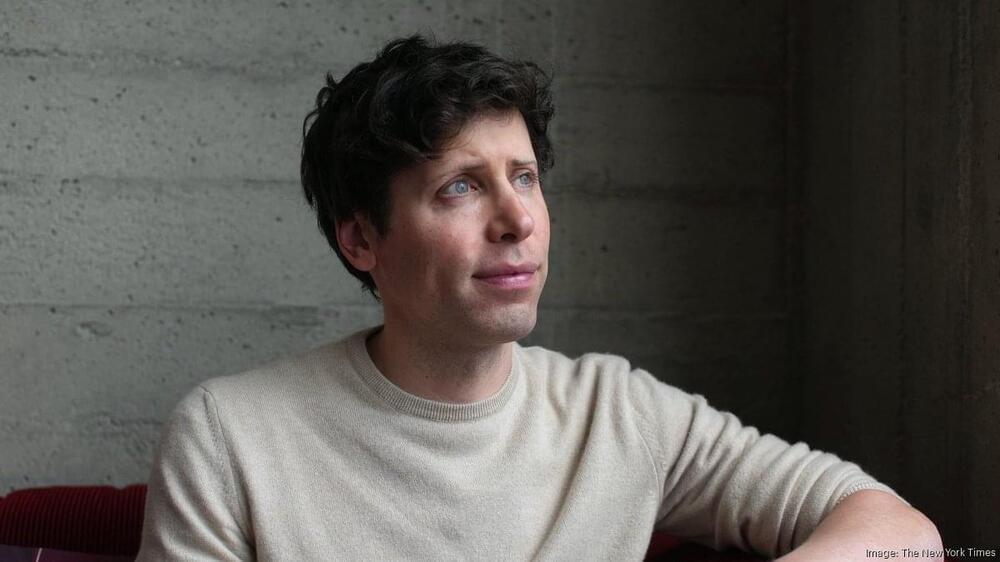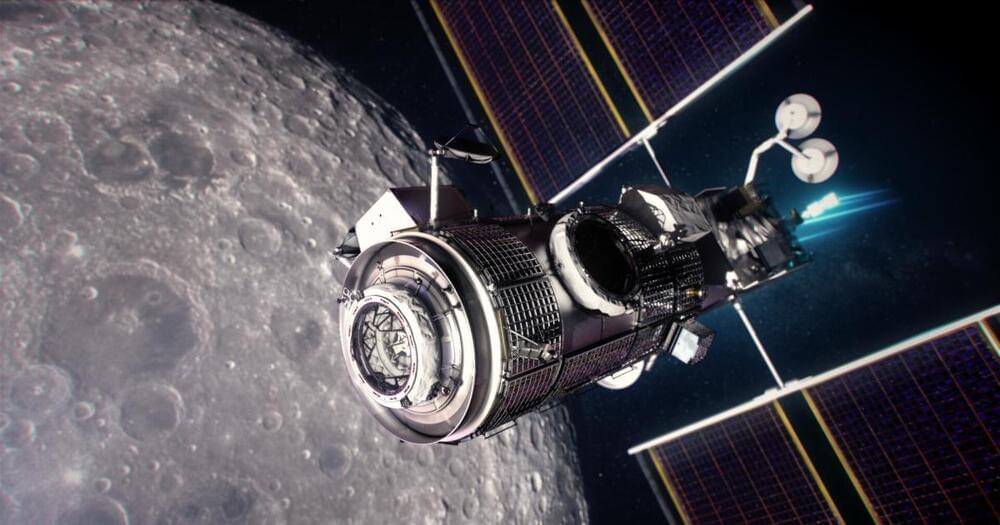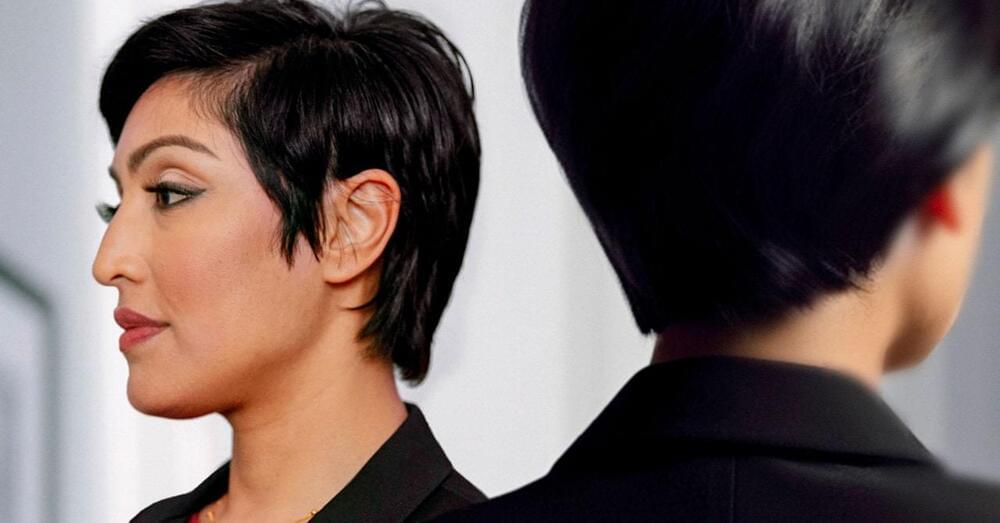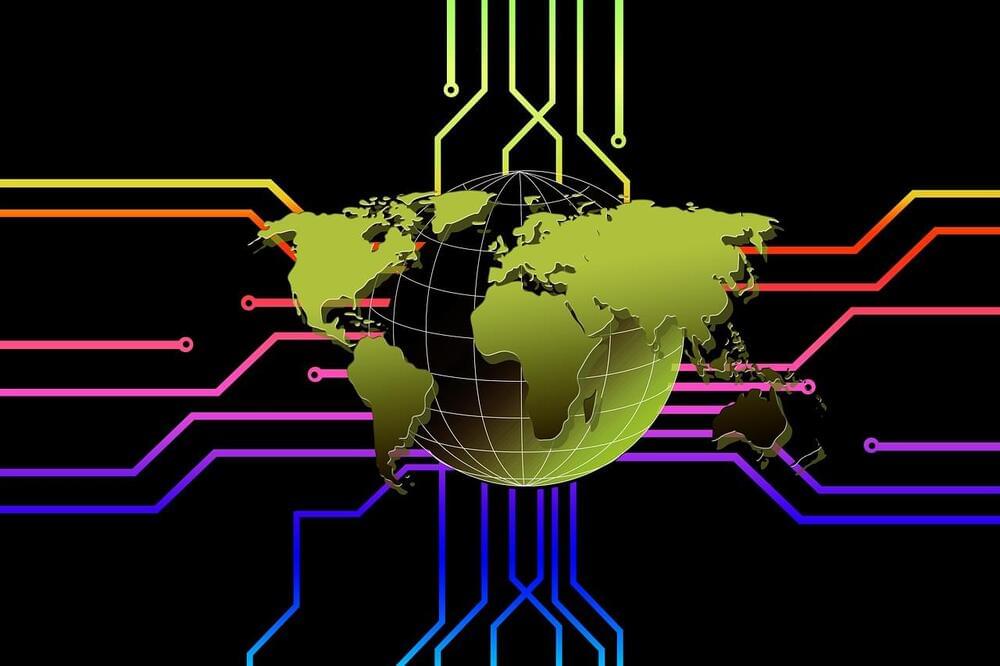It turns out that ChatGPT developer OpenAI pays really, really well.



Despite our intrinsic distrust of AI in space taught to us by movies like 2001: A Space Odyssey (“I’m afraid I can’t do that, Dave”), it offers large advantages to both manned and unmanned missions. To that end, NASA is developing a system that will allow astronauts to perform maneuvers, conduct experiments and more using a natural-language ChatGPT-like interface, The Guardian reported.
“The idea is to get to a point where we have conversational interactions with space vehicles and they [are] also talking back to us on alerts, interesting findings they see in the solar system and beyond,” said Dr. Larissa Suzuki, speaking at an IEEE meeting on next-gen space communication. “It’s really not like science fiction anymore.”
NASA aims to deploy the system on its Lunar Gateway, a space station that will orbit the Moon and provide support for NASA’s Artemis mission. It would use a natural language interface that allows astronauts to seek advice on experiments or conduct maneuvers without diving into complex manuals.


A research team at the University of Tokyo is exploring the advancement of wearable robotics. Jizai Arms is a system of supernumerary robotic limbs. Up to six of these arms can be worn and controlled by the user. The limbs allow the wearer to attach, detach, replace or edit the arms. This was designed to enable social interaction between wearers to support human beings acting with robots and AIs while maintaining a sense of self-awareness and widening the possibility of human actions.
Mashable is your source for the latest in tech, culture, and entertainment.
Follow us:
Check out https://mashable.com/
Facebook: https://www.facebook.com/mashable.
Twitter: https://twitter.com/mashable.
Instagram: https://www.instagram.com/mashable
Part 10 a series of articles describing the elements of Lawrence Livermore National Laboratory’s fusion breakthrough.
For hundreds of Lawrence Livermore National Laboratory (LLNL) scientists on the design, experimental, and modeling and simulation teams behind inertial confinement fusion (ICF) experiments at the National Ignition Facility (NIF), the results of the now-famous Dec. 5, 2022, ignition shot didn’t come as a complete surprise.
The “crystal ball” that gave them increased pre-shot confidence in a breakthrough involved a combination of detailed high-performance computing (HPC) design and a suite of methods combining physics-based simulation with machine learning. LLNL calls this “cognitive simulation,” or CogSim.


We asked YOU about your opinion!
Since we are all thinking about Artificial Intelligence (AI), we wanted to know what everyone has to say about it. We reached out using social media and collected some various ideas and opinions on the topic. Some people chose to include their names and others opted to remain anonymous. Thanks to the people who participated!
This is a really cool story that shows how you can use AI. People don’t even know many AI tools that exist, like Adobe Podcast, or that you can remove the background of a video without chroma key (green screen)
Today, I’ll show you how I selected and used three AI tools to help improve a short informational video for my YouTube channel. One tool rescued the entire little project, and the others punched up the end result. For this project, we’ll be using Adobe’s Photoshop Beta, Adobe Podcast, and the latest version of Apple’s Final Cut Pro for Mac.
Generative AI isn’t just for showy and exciting projects. Here’s how I used AI tools to transform an instructional video into something much more compelling.
I just posted a story and commented that people don’t even know how many AI tools exist. There are many. I can decorate my house without an interior designer, and much more. Here are 5 AI editing tools for video.
Help me achieve my goal by joining my channel!||||||||||||||| 63% ||||… 31.5K/50K Joined.
➡️ Hit the [Subscribe] button or click here to sub: https://vod.strms.net/s/UCqdsVtEvUIU-0ebfhSFWOGw.
* ⭐ Newest Subscriber: DameJungle⭐*
TimeBolt: https://geni.us/TimeBolt — 20% Discount Code: Rafael.
Keyper: https://fxfactory.pxf.io/Keyper.
Captionator: https://apps.apple.com/ca/app/captionator-for-final-cut/id1627843786?mt=12
Caption Generator for Final Cut: https://apps.apple.com/ca/app/caption-generator-for-finalcut/id1666645487?mt=12
Final Cut Pro 90 Day Free Trial: https://www.apple.com/ca/final-cut-pro/trial/
Adobe Premiere: http://bit.ly/PremiereRafael.
Enhanced Editing: Final Cut Pro (Waitlist Signup!) https://links.rafaelludwig.com/efficient-editing.
0:00 Intro.
0:24 TimeBolt.
3:51 Keyper.
5:12 Captionator.
6:48 Caption Generator For Final Cut.
8:20 Remix.
10:40 Voice Isolation.
11:59 Adobe Podcast.
• ••••••••••// Support the Channel \••••••••••••••••••••••••••••••••••••••••